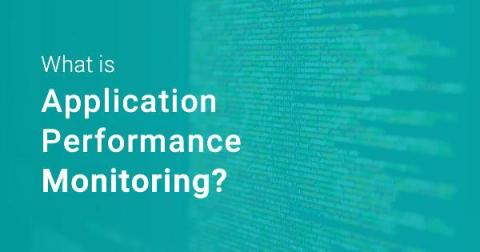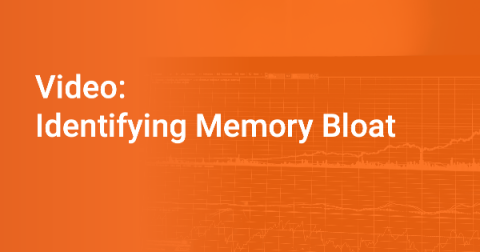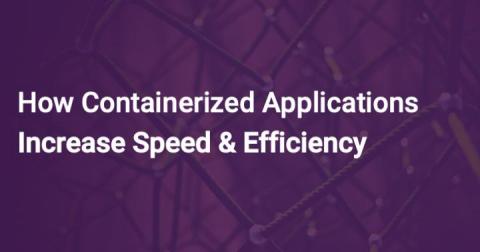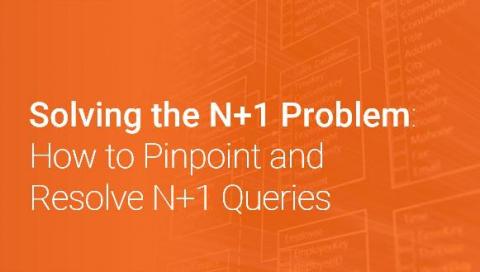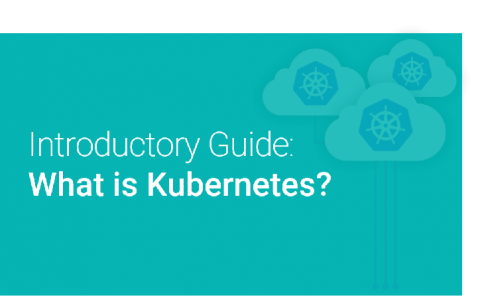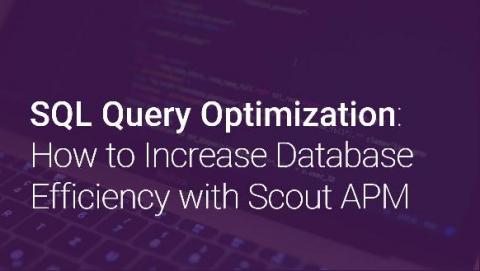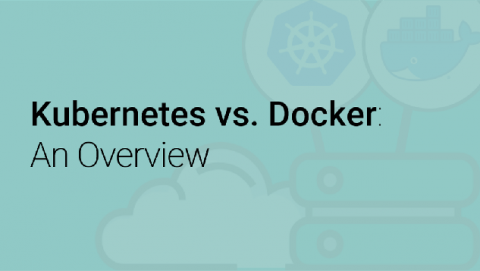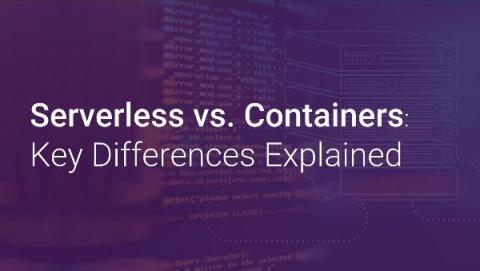Application Performance Monitoring - What is APM?
Software applications are increasingly critical for businesses today. They perform key customer-facing roles, power back-office activities, and help us gain greater insight into business activities. Using software gives us greater efficiency and leverage, but can come at a cost in terms of transparency. It can be hard to see how well customers are being served, where they are struggling, or understand why parts of the business aren't working as expected.


